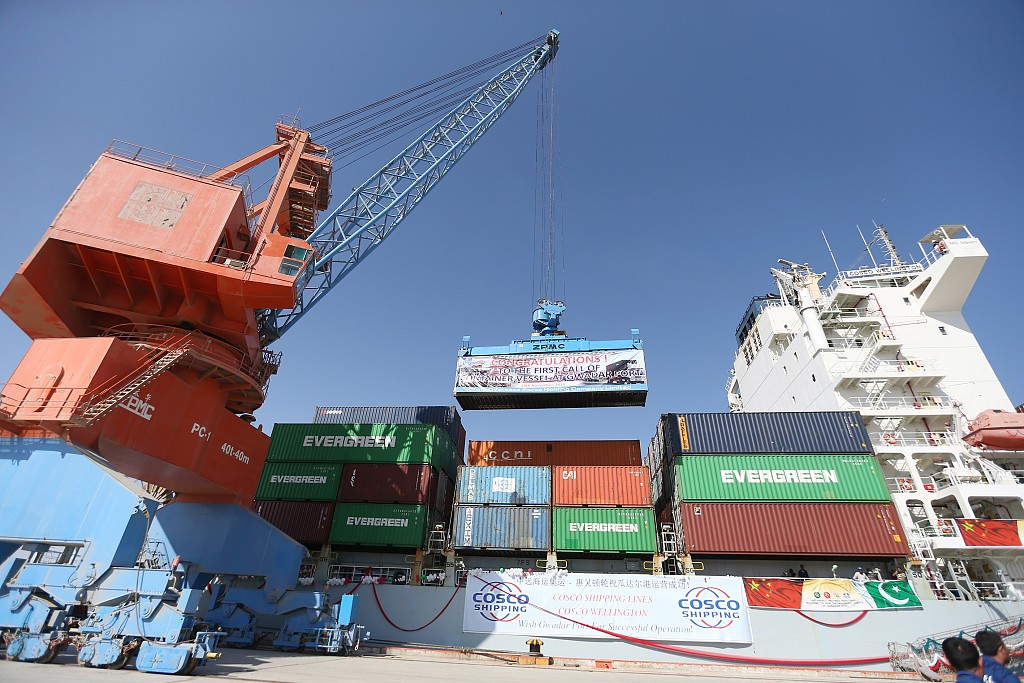The 2019 Belt and Road Infrastructure Development Index Report was released Thursday, indicating good prospects in the next two to three years for infrastructure development along the Belt and Road, as well as some challenges.

File photo: VCG
The report provides an in-depth analysis on the infrastructure industry from the perspective of the development environment, demand, costs and market potential. This is the third release since the first report in 2017.
The Belt and Road Infrastructure Development Index, a key indicator of the prospects of Belt and Road economies’ infrastructure sector, has maintained stability with a slight decline in 2019 due to the sluggish world economic recovery, rising anti-globalization sentiment and trade protectionism.
The infrastructure construction in Belt and Road countries has slowed down but remained at comparatively high levels over the past five years, indicating a positive trend.
The report predicted that infrastructure development could be uneven across regions this year.
Southeast Asia will maintain a strong momentum, as its huge population, fast-expanding economy and favorable infrastructure environment have translated into booming demand and market potential for investment.
Indonesia, Vietnam, the United Arab Emirates, Pakistan and Russia ranked top among the 71 countries included in the index report.
The Belt and Road countries have large demand for developing their transportation and energy sectors for the sake of industrialization and urbanization. There is a tremendous demand for railways, roads, ports, airports and other infrastructure facilities that can boost connectivity.
Clean energy projects, such as wind power, solar power and nuclear power facilities, will be priorities for investment for the energy sector.
Currently, sources for infrastructure funding are becoming diverse, seeing a rise in private capital, according to the report.
Multilateral financial institutions, development and policy-based financial institutions and sovereign funds have provided support for Belt and Road infrastructure projects.
With more commercial banks and special funds joining Belt and Road projects, investment demand can be better satisfied.
As the Belt and Road Initiative progresses, countries along the route continue exploring cross-border cooperation modes, the report reveals.
All countries have increased government spending on infrastructure since the initiative was proposed. Besides bilateral cooperation, many countries have established third-party market cooperation and multilateral cooperation, showing greater enthusiasm on infrastructure cooperation.
Meanwhile, Belt and Road infrastructure development also faces some challenges.
Infrastructure projects are vulnerable to any emergencies caused by changes in geopolitics. Unilateralism by the US disrupts the global economic order and adds uncertainties to international cooperation on infrastructure.
On the other hand, the difference in standards becomes more prominent and the increasingly fierce competition in the international market presents new requirements on companies from all countries to enhance their anti-risk measures.
Fang Qiuchen, chairman of China International Contractors Association, proposed to seize the chance brought by the initiative and enhance the quality and benefit of infrastructure construction with a focus on improving interconnectivity.
Fang went on to say that all countries should carry out projects in compliance with existing laws and regulations and the principle of win-win cooperation, so as to drive the host country’s economic and social development in a sustainable way.
In addition, the chairman also stressed an increase of awareness of risk prevention and control and the establishment of a proper use system of financial tools and insurance for the steady progress of Belt and Road cooperation.


